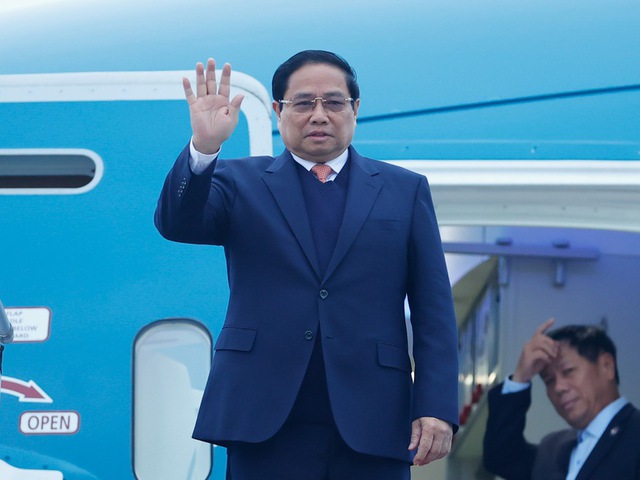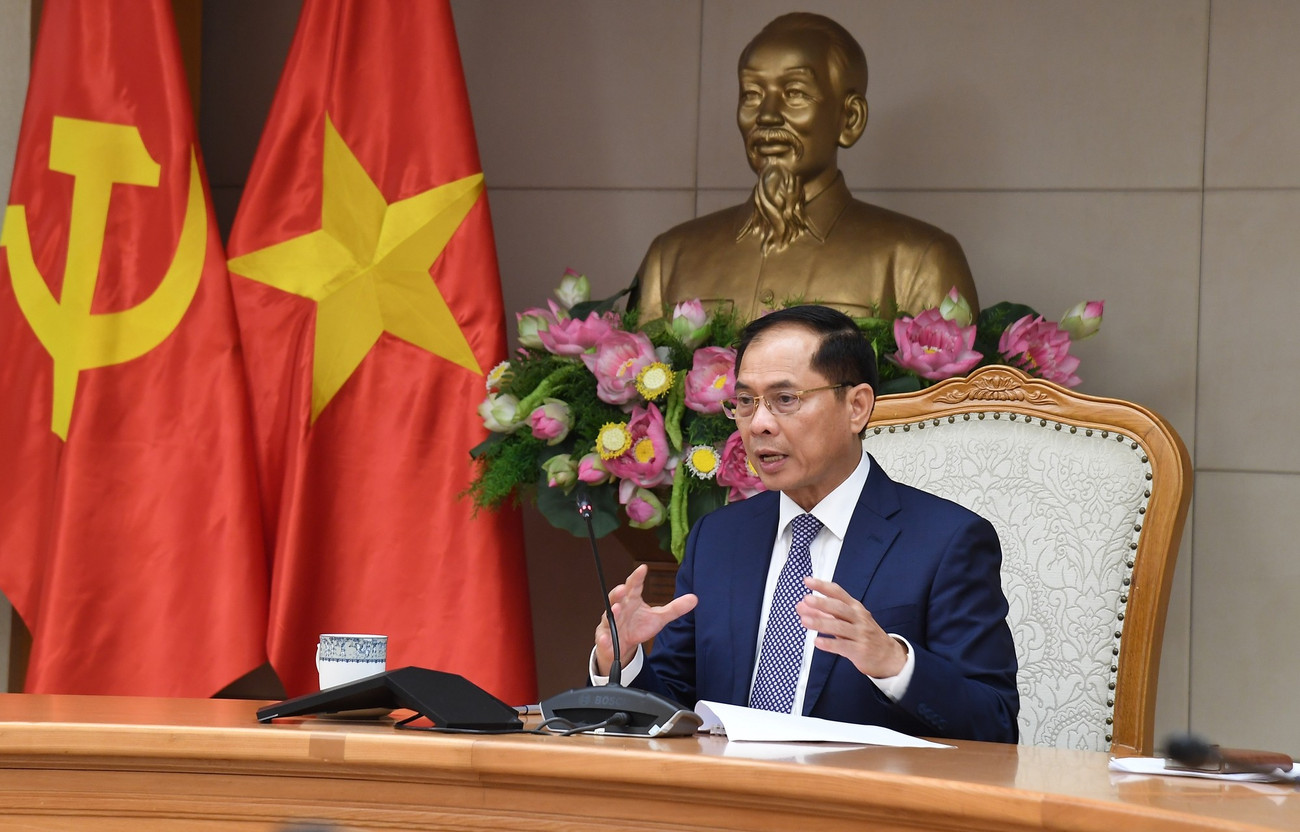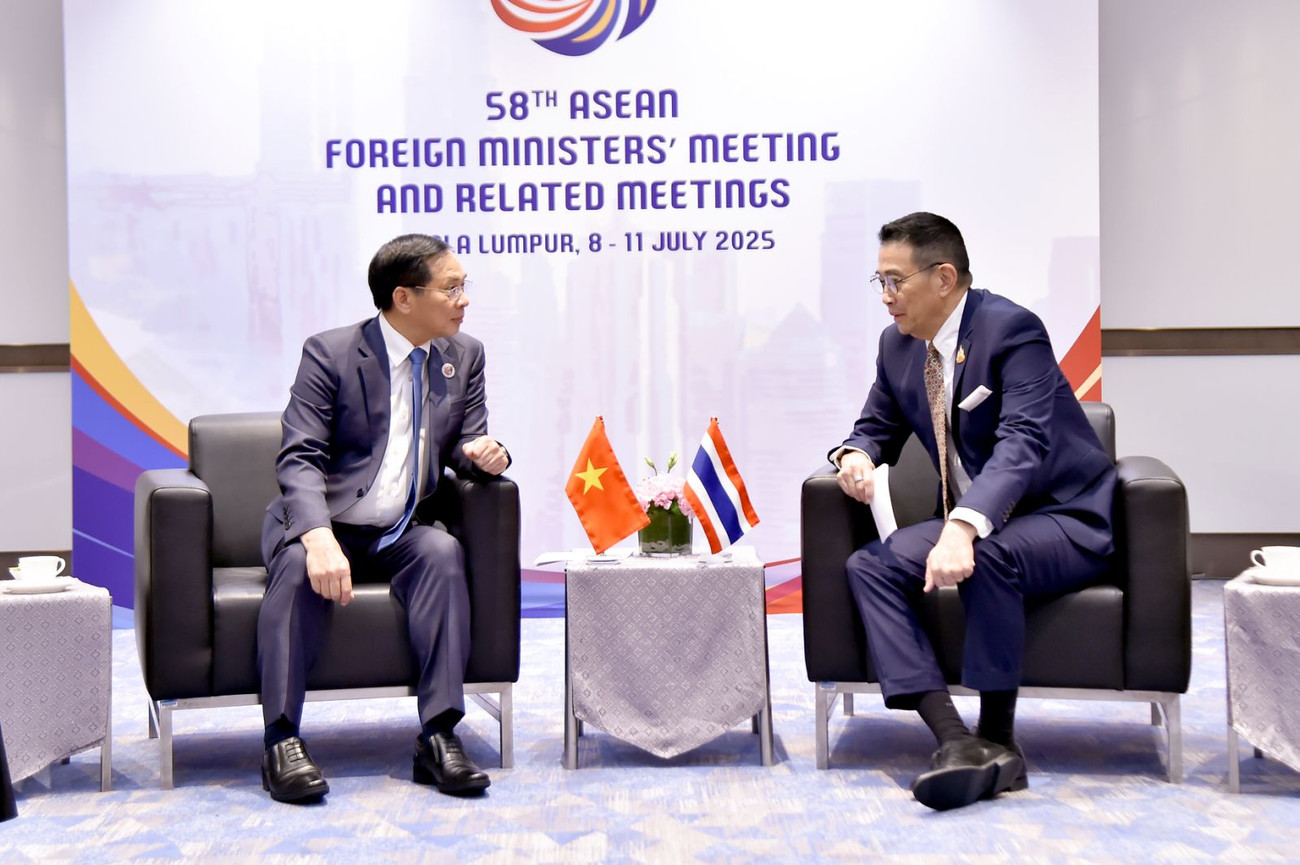MOIT VIETNAM | Vietnam and Laos Accelerate Strategic Potash Mining Partnership to Strengthen Economic and Diplomatic Ties
/ News / Activities
Vietnam and Laos Accelerate Strategic Potash Mining Partnership to Strengthen Economic and Diplomatic Ties
The Government of Laos has reaffirmed its unwavering commitment to the joint strategic project for the extraction and processing of potash minerals — a landmark initiative that has the potential to reshape not only bilateral trade but also the strategic cooperation framework between Vietnam and Laos. Pledging to continue creating favorable conditions for the Vietnam National Chemical Group (Vinachem), the Lao Government has underscored that this venture is more than an economic investment; it is a testament to the enduring friendship and political solidarity between the two nations.
Located in Khammouan Province in central Laos, the project is strategically positioned to leverage the region’s rich mineral resources. Potash, a critical component for fertilizer production, has far-reaching implications for agricultural productivity and food security in the region. For Laos, the project promises a boost in industrial capacity, job creation, and infrastructure development. For Vietnam, it represents a secure, long-term supply source for a vital agricultural input. For both, it stands as a diplomatic bridge — solidifying a partnership that has been tested and strengthened over decades.
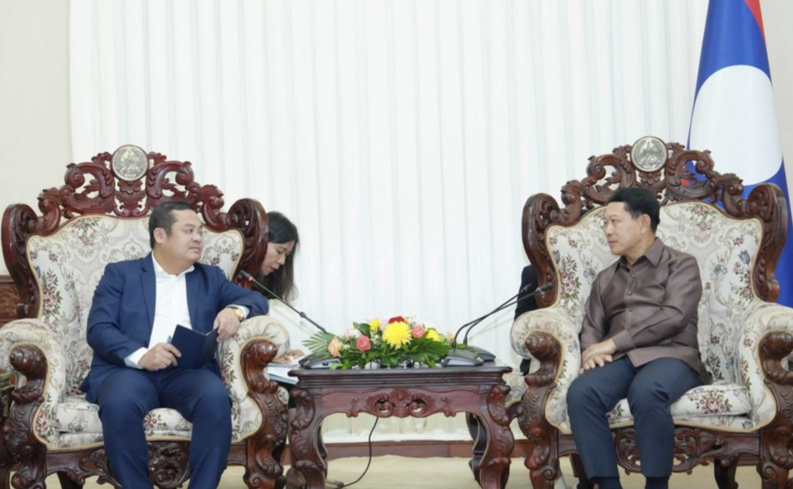
A Working Visit to Push Forward a Key Bilateral Project
According to the Vietnam News Agency’s correspondent in Laos, from May 26 to 29, a high-level Vinachem delegation visited Laos with a clear mission: to accelerate the implementation of this flagship mining and processing project.
On May 27, at the Lao Government Office in Vientiane, Vinachem Chairman Phùng Quang Hiệp presented a detailed progress report to Lao Deputy Prime Minister Saleumxay Kommasith, joined by senior officials from relevant ministries. His briefing covered every key aspect — from land clearance and infrastructure readiness to equipment delivery schedules, workforce mobilization, and capital allocation. Importantly, he laid out a precise, time-bound roadmap for each stage of the project.
In his remarks, Chairman Hiệp emphasized that while significant progress had been made, some procedural bottlenecks — such as licensing, environmental assessments, and inter-agency coordination — still required prompt resolution. He called on the Lao Government to direct ministries to act swiftly, ensuring that project timelines remain on track.
Deputy Prime Minister Saleumxay Kommasith welcomed the report and expressed confidence in the project’s economic and strategic importance. He acknowledged that, once operational, the facility would bring not only substantial commercial returns but also serve as a living example of the Vietnam–Laos “special relationship” in action.
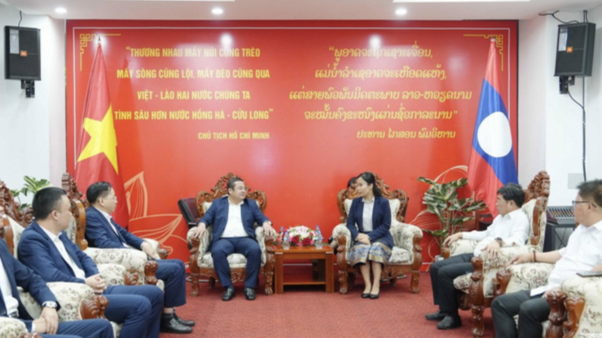
Demonstrating clear political will, the Deputy Prime Minister immediately assigned the Laos–Vietnam Cooperation Committee, along with the Ministries of Planning and Investment, Energy and Mines, Natural Resources and Environment, and Labor and Social Welfare, to work in close coordination with Vinachem. Each was instructed to resolve matters within its authority without unnecessary delays.
Chairman Hiệp, in response, expressed deep appreciation for the Lao Government’s decisive approach. He pledged that Vinachem would mobilize all necessary resources, maintain strict adherence to deadlines, and uphold the highest level of responsibility to see the project through to its successful completion.
Strengthening Coordination Mechanisms
Later that same day, at the headquarters of the Laos–Vietnam Cooperation Committee, Vinachem leaders met with Standing Vice Chairman Phanchinda Lengsavad. The discussion centered on how to improve the division of responsibilities among various stakeholders. Both sides agreed that the complexity and scope of the project demanded a more integrated approach — and proposed the creation of joint inter-ministerial working groups involving agencies from both countries.
This new mechanism would enable parallel handling of different work streams, ensuring that progress in one area is not stalled by delays in another. Complementing this was the decision to establish a formalized reporting system, with regular progress updates provided to the Laos–Vietnam Cooperation Committee. These updates would allow for prompt feedback and timely adjustments, ensuring transparency and efficiency throughout the project’s lifecycle.
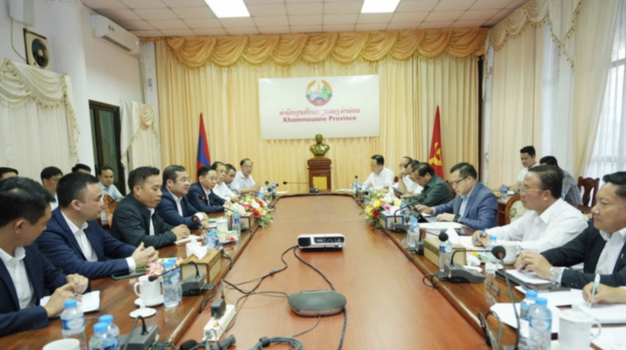
On-the-Ground Engagement in Khammouan
On May 28, the Vinachem delegation traveled to Khammouan Province for a site inspection and direct discussions with provincial leaders and relevant local departments.
During the meeting, Vinachem representatives provided an overview of construction readiness and initial achievements, while conveying updates from the previous day’s high-level discussions in Vientiane. They also addressed technical and procedural hurdles, particularly those related to investment licensing, spatial planning, environmental compliance, and labor recruitment. Recognizing the role of local governance in overcoming these challenges, Vinachem sought the province’s continued close cooperation.
Khammouan Vice Governor Somsaath Ounsida commended Vinachem’s proactive engagement and its commitment to aligning the project with local development goals. He assured the delegation that the provincial government would continue directing its departments to facilitate smooth project execution, from infrastructure support to administrative approvals.
Expressing gratitude, Chairman Hiệp reaffirmed that the project’s success would directly benefit Khammouan’s socio-economic landscape — creating jobs, improving infrastructure, and boosting provincial revenue — while also serving as a tangible contribution to the broader Vietnam–Laos partnership.
.jpg)
Diplomatic Engagement
Rounding off the visit, Vinachem’s leadership met with Vietnamese Ambassador to Laos Nguyễn Minh Tâm to brief him on project developments and the outcomes of discussions with Lao leaders. The Ambassador was updated not only on the technical progress of the mining venture but also on the broader cooperation framework ensuring that the project is managed in a way that serves both national interests and the bilateral relationship.
A Project of Economic and Diplomatic Weight
The Khammouan potash mining and processing project is more than an industrial investment; it is a strategic instrument of diplomacy. By securing a stable potash supply for Vietnam’s agricultural sector while unlocking industrial growth potential for Laos, it addresses both nations’ development priorities.
The close monitoring of its progress by both governments underscores its high stakes — economically, politically, and diplomatically. Once operational, it will stand as a symbol of the Vietnam–Laos strategic partnership, a partnership that has evolved from shared historical struggles to forward-looking economic collaboration.
As the project moves from planning to execution, it embodies a broader vision: that economic cooperation, when rooted in mutual trust and supported by political will, can not only drive growth but also deepen the bonds between nations. In this sense, Khammouan’s potash reserves are more than a mineral resource — they are a shared asset, transforming into a cornerstone of a prosperous and cooperative future for both Vietnam and Laos.
-
/ News / Activities
Prime Minister Pham Minh Chinh’s Strategic Visit to Laos Marks New Chapter in Bilateral Relations
Prime Minister Pham Minh Chinh’s official visit to the Lao People’s Democratic Republic and his co-chairmanship of the 47th meeting of the Vietnam–...
-
/ News
Deepening Cooperation, Strengthening Regional Unity
On the afternoon of July 28, 2025, at the Government Headquarters in Hanoi, Deputy Prime Minister and Minister of Foreign Affairs of Vietnam, Mr. B...
-
/ News / Activities
Vietnam and Laos Accelerate Toward Deeper Regional Integration and Unprecedented Trade Growth
In an era where regional connectivity and economic resilience are critical pillars for national development, Vietnam and Laos are emerging as a mod...



